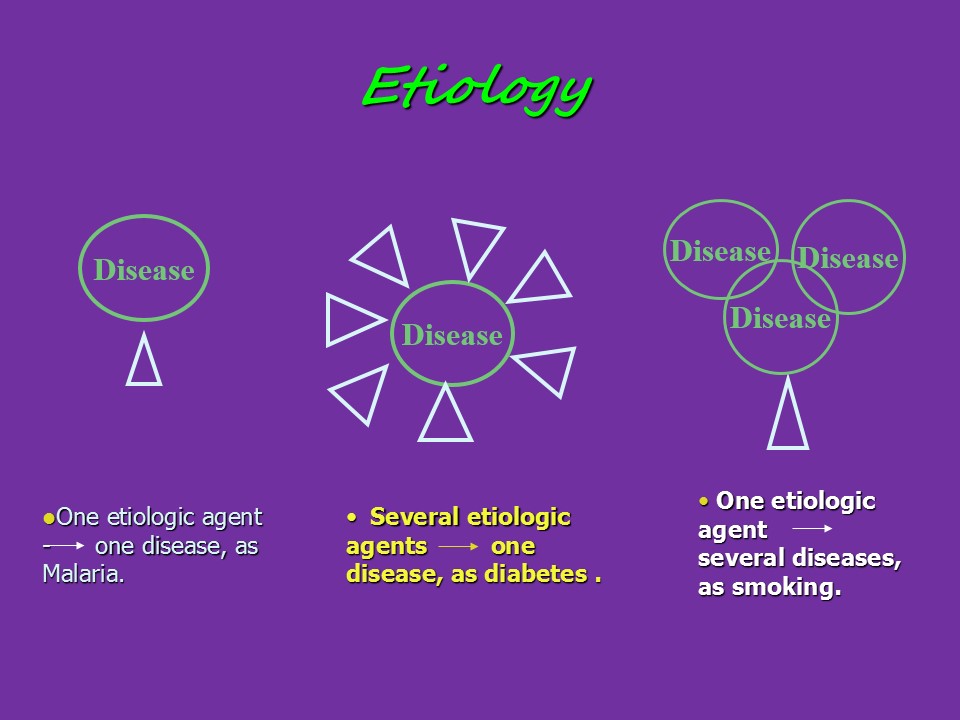
Today, there is little consensus for a definition of PL, but many continue to use a definition proposed by Healy and Healy more than a century ago ( 15). PL, originally termed “pseudologia phantastica,” was first recorded in 1891 by psychiatrist Anton Delbrück in discussions of several cases of people who told so many outrageous lies that the behavior was considered pathological ( 15). Pathological lying (PL) has been referenced in popular culture, although some have suggested that psychiatrists and psychologists know little about the phenomenon ( 14). Although extensive research has explored the normative aspects of lying among the general population, and within psychotherapy ( 10, 11, 12, 13), the pathological dimensions of deception have been neglected. Two recent studies, however, discovered that a majority of people reported telling no lies within the past 24 hours, whereas a small subset reported telling numerous lies ( 1, 2). Deception has been defined by Vrij ( 3) as “a successful or unsuccessful deliberate attempt, without forewarning, to create in another a belief which the communicator considers to be untrue.” Some studies report that people tell an average of two lies per day ( 4, 8, 9). Considerable research has focused on the normative aspects of lying ( 1, 3, 4, 5, 6, 7). The frequency with which people lie varies ( 1, 2).

Pathological lying, distinct from normative lying and prolific lying, has a prevalence of 8%–13%.Įvidence supports establishing pathological as a diagnostic entity.

Pathological lying exists in a small percentage of people, for whom it causes significant distress, impaired functioning, and danger.


 0 kommentar(er)
0 kommentar(er)
